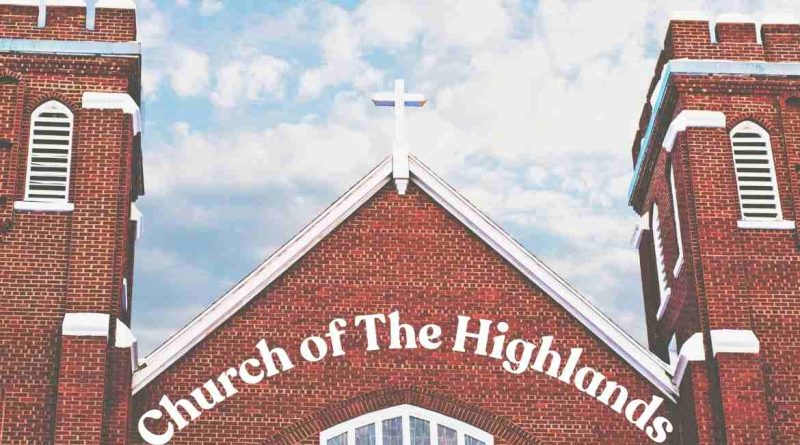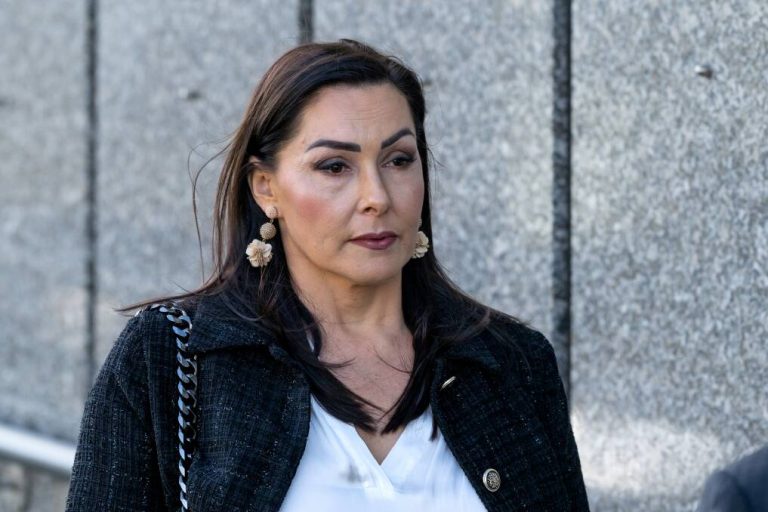The Church of the Highlands, a megachurch based in Birmingham, Alabama, has grown exponentially since its founding in 2001 by Pastor Chris Hodges. With its contemporary worship style, numerous campuses, and large congregation, it has become one of the largest and most influential churches in the United States. However, its rapid growth and influential status have not come without controversy. This article delves into the various criticisms and controversies that have surrounded the Church of the Highlands, shedding light on the issues that have led to the phrase “Church of the Highlands exposed.”
Growth and Influence
Before diving into the controversies, it’s essential to understand the scale and influence of the Church of the Highlands. With over 20 campuses and an average weekly attendance of more than 50,000 people, the church has a significant presence in Alabama and beyond. Its growth strategy includes planting new campuses, creating a network of small groups, and utilizing modern technology to reach a broader audience.
Allegations of Racism and Insensitivity
One of the most significant controversies surrounding the Church of the Highlands involves accusations of racial insensitivity. In 2020, Pastor Chris Hodges faced backlash after liking social media posts that were considered racially insensitive. These actions led to widespread criticism and a public apology from Hodges, who acknowledged the hurt caused by his actions and expressed a commitment to learning and reconciliation (source).
The incident sparked broader discussions about the church’s approach to racial issues and diversity. Critics argued that the church needed to do more to address systemic racism and promote inclusivity within its congregation and leadership.
Financial Practices and Transparency
Another area of concern has been the church’s financial practices. As a megachurch with substantial resources, the Church of the Highlands has faced scrutiny over how it manages and allocates its funds. Critics have pointed to a lack of transparency in financial reporting and questioned the church’s spending on expansive building projects and amenities.
In particular, the church’s investment in The Lodge, a retreat center for pastors, has raised eyebrows. Some have criticized the project for its opulence and questioned the decision to reinstate morally fallen pastors with seemingly minimal consequences (source).
Leadership and Governance
The governance structure of the Church of the Highlands has also come under fire. Critics have accused the church of being overly centralized, with too much power concentrated in the hands of a few key leaders, particularly Pastor Chris Hodges. This centralization of authority has led to concerns about accountability and the potential for abuses of power.
Additionally, some former church members and staff have alleged that the church fosters a culture of control and manipulation, where dissenting voices are marginalized or silenced. These allegations have contributed to the perception of the church as a closed and insular community.
The Cult Label
The Church of the Highlands has also been labeled a cult by some critics, primarily due to its rigid adherence to specific practices and beliefs. Detractors argue that the church’s emphasis on loyalty to its leadership and its insular culture are characteristic of cult-like behavior. These claims are often fueled by the church’s insistence on centralized preaching and the replication of its model across multiple campuses (source).
Response from the Church
In response to these controversies, the Church of the Highlands has taken steps to address some of the criticisms. Pastor Chris Hodges has publicly apologized for his social media actions and has initiated efforts to promote racial reconciliation within the church. The church has also made moves towards greater financial transparency, including more detailed financial reporting and accountability measures.
However, many critics remain skeptical about the sincerity and effectiveness of these efforts. The church continues to face calls for more substantial changes in its governance structure and a more inclusive approach to leadership and decision-making.
Conclusion
The Church of the Highlands, like many large and influential organizations, has faced its share of controversies and criticisms. From allegations of racial insensitivity and financial opacity to concerns about governance and cult-like behavior, the church has been under intense scrutiny. While it has taken steps to address some of these issues, the road to rebuilding trust and fostering a more inclusive and accountable community remains challenging.
As the Church of the Highlands continues to grow and evolve, it will need to navigate these controversies with transparency, humility, and a genuine commitment to change. Only through addressing these criticisms head-on can it hope to restore its reputation and continue its mission of serving its congregation and community.






